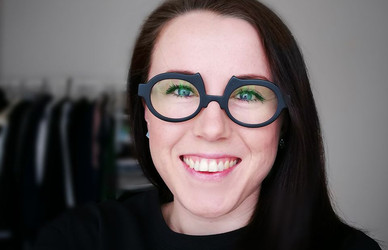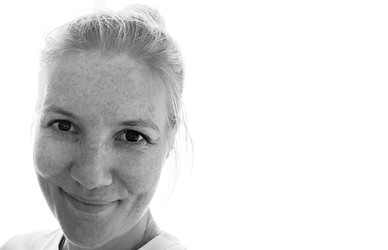A Sustainable Fashion Industry? Yes, We Can!
According to an article on Sunday 15 October in the daily Politiken and a news item presented on TV2’s investigative programme Operation X on Monday 16 October, the fashion industry incinerates clothes. Granted it is only a tiny fraction of the total clothes production, still it is a compelling example of a sector that has waited too long to initiate a very difficult transformation process and has not reached its goal by a long shot. Thus there is an urgent need for more knowledge, new initiatives and more collaboration across industries. The situation is that market forces and international competition have created a “hamster wheel” that releases more and more collections at a faster and faster speed.
We have become used to seeing new products on the shelves all the time. The result is excess production and excessive resource consumption – a problem that seems to be escalating. If the current business model in the fashion industry continues unchanged there will be an explosive increase in production, and several planets will be required in order to produce the raw materials needed (copenhagenfashionsummit.com). It does not add up. The solution is not just to adapt to an outdated business model with a little more organic cotton going in at one end and a little more recycling coming out in the other end.
What is needed is a totally new beginning and a radical change in the staffing and the leadership in the different links in the value chain. And yes, we believe that design and designers can contribute with an abundance of methods and a plethora of knowledge which, in our view, has not been utilised nearly enough. An example from Design School Kolding: Within the field of “wardrobe studies” the school’s researchers and designers have investigated what type of clothes consumers actually want. The project shows that customers only to a limited extent get what they want. Most clothes are made for the young body and for the restlessness that characterises young people who are seeking their identity.
To a large extent fashion focusses on the young trend seekers, whereas the rest of the consumers are ignored right down to the fit of the clothes. We have used this knowledge in for example our collaboration with the company LauRie whose collections both emphasise sustainable materials and good fits for all body types. That sounds simple enough, but it really is not. It is much easier to make standardised clothing for the young, slim standard body even though the result is disappointing user experiences, wrong purchases and a far too limited use phase. Using figures from 2010, the consequence is that Danes every year purchase 89,000 tonnes of clothes/textiles and send 31,000 tonnes to the incinerator plant (cp. POLITIKEN Oct. 15, 2017).
At Design School Kolding we are also researching new business models that can help ensure that it is still possible to make a profit in fashion without unnecessarily exploiting the planet's ecosystems.
Together with the children's clothing company Vigga we have, for example, studied how to design clothes for babies and toddlers and what materials to use if the clothes are going to be strong enough to be recycled. Vigga has introduced a subscription scheme for families with young children who can subscribe to a package of clothes rather than buying new ones.
In a related area, in collaboration with Kopenhagen Fur, we have examined the possibility of utilising the full potential of fur. Over many years fur has had a bad reputation because some consumers and companies consider fur to be far from sustainable. However, looking at the use phase of fur it is evident that there is a strong tradition that fur is inherited from one generation to the next, that it is being repaired, remade, looked after and carefully stored, all factors that extend the life of the material as long as possible. In addition the design phase exemplifies a high degree of resource optimisation – not a single piece of the fur is wasted. Hence we consider fur as an example of ”best practice” that could serve as a model for the rest of the fashion and clothing industry. We are also investigating how these old craft-driven virtues can be sustained even more and transformed into new, green business models throughout the fashion industry. Furthermore the school is working on the development of new materials.
Two of our students, Dea Marcela and Ronni Aakermann, have been nominated for several sustainability awards for developing a material, bio leather, made of hemp, which has a number of environmental benefits. At Design School Kolding we do not have a ready-made solution to what sustainable fashion is, but together with like-minded institutions and individuals we are working on the development of approaches to a new type of fashion.
This development can and should be accelerated. This might happen if the industry would invest far more in research and development than it does today. The number of Danish fashion researchers with knowledge about sustainability can be counted on less than two hands. What industry and the public invest in the development of Denmark's fourth largest export business is generally woefully limited compared to, say, the food industry. We also want to pay attention to the fact that our new fashion graduates possess extensive knowledge about users, about simple and durable design and about new business models. Hire them! Take advantage of their talent! The fashion industry is standing on a burning platform. Let us together – industry and knowledge institutions – use this talent as a lever for an exciting and responsible development in the fashion industry.




